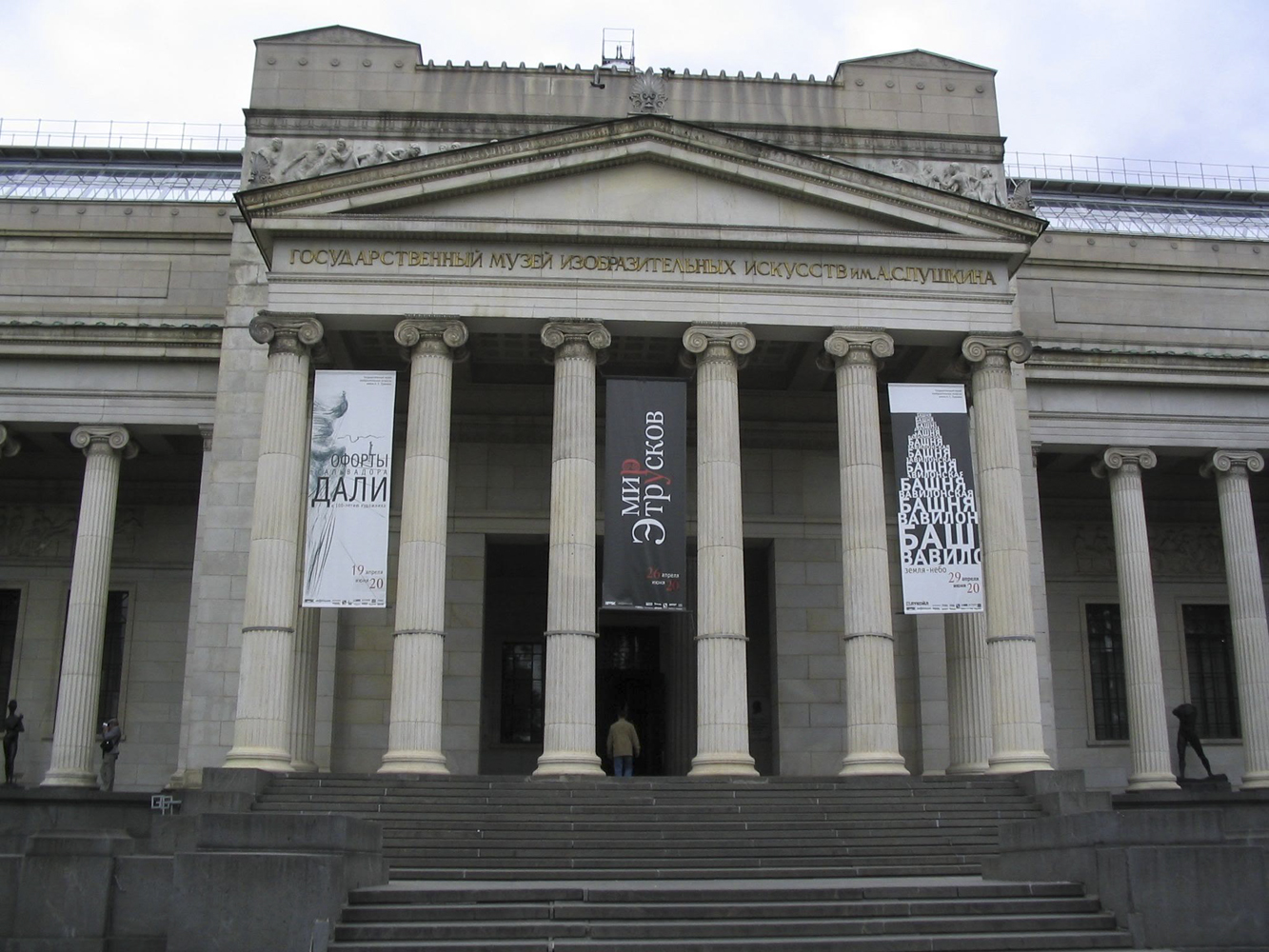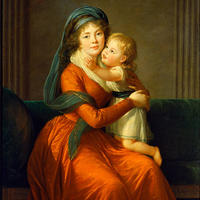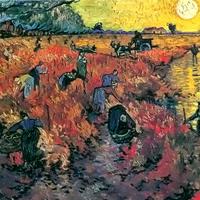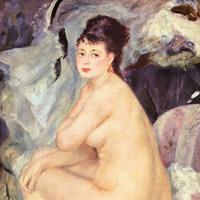More about Pushkin State Museum of Fine Arts
Works at Pushkin State Museum of Fine Arts

Sr. Contributor
Stolen art in a temple that was all but dedicated to ol' Joe Stalin in the wake of World War II.
The Pushkin was originally named after Czar Alexander III by his son, the then-reigning Czar Nicholas II. The museum was originally an arm of Moscow University, offering its students the opportunity to see copies of statues from antiquity and a bunch of below-the-fold artwork. After the czarist monarchy was disposed of in the Russian Revolution, the new government wanted something more impressive. Overflow show-stoppers from museums around Russia like the Hermitage and the Kremlin were installed, and the museum was renamed after one of Russian literature's heavyweights: Alexander Pushkin. Combine all that with a building designed to look like ye olde classical temple, and you've got one classy place to gander at art.
World War II turned the museum into gold mine. Russian soldiers brought back a good slice of the artwork pilfered from Germany to the Pushkin, including a ton of gold the Germans had lifted from the ancient city of Troy. Russian museum pro-tip: If it's a cool thing in a Russian museum, chances are it was either stolen from Germany or a German after World War II. Most of the reading material about the Pushkin on the interwebs frames the forced migration as "art that was saved by Soviet soldiers from destruction."
The Soviet animosity towards the Nazis wasn't over nothin', neither. The Nazis left Russia more devastated than all the other Allied countries combined. Taking some of the priceless masterpieces from the Reich back to the Motherland was low hanging fruit for the Soviet Union -- to give the middle finger to Germany for bringing the war on Europe, and a nice way to recoup some of the loss. The Pushkin itself was even damaged during the war. The museum was bombed so often that some of the best art was crated halfway across Asia to safer Russian cities. The museum was closed from 1941 until after the war in 1946. Seeing all the art after the grand reopening was short-lived, however, as the museum put most of its stock in storage between 1949 and 1953 to exhibit the gifts Joseph Stalin had received from world leaders.

Contributor
Holds the largest collection of European art in Moscow. Collection gathered from the Hermitage, and other museums in Russia. Art was also appropriated from private collectors during the revolution.
If you want to see a lot of gold this is the place to go. Gold from the ancient city of Troy was looted by a German archeologist, which in turn was looted from Berlin by the Russian Army.
Featured Content
Here is what Wikipedia says about Pushkin Museum
The Pushkin State Museum of Fine Arts (Russian: Государственный музей изобразительных искусств имени А. С. Пушкина, romanized: Gosudarstvennyy muzey izobrazitel'nykh iskusstv imeni A. S. Pushkina, abbreviated as Russian: ГМИИ, GMII) is the largest museum of European art in Moscow. It is located in Volkhonka street, just opposite the Cathedral of Christ the Saviour. The International musical festival Sviatoslav Richter's December Nights has been held in the Pushkin Museum since 1981.
Check out the full Wikipedia article about Pushkin Museum













